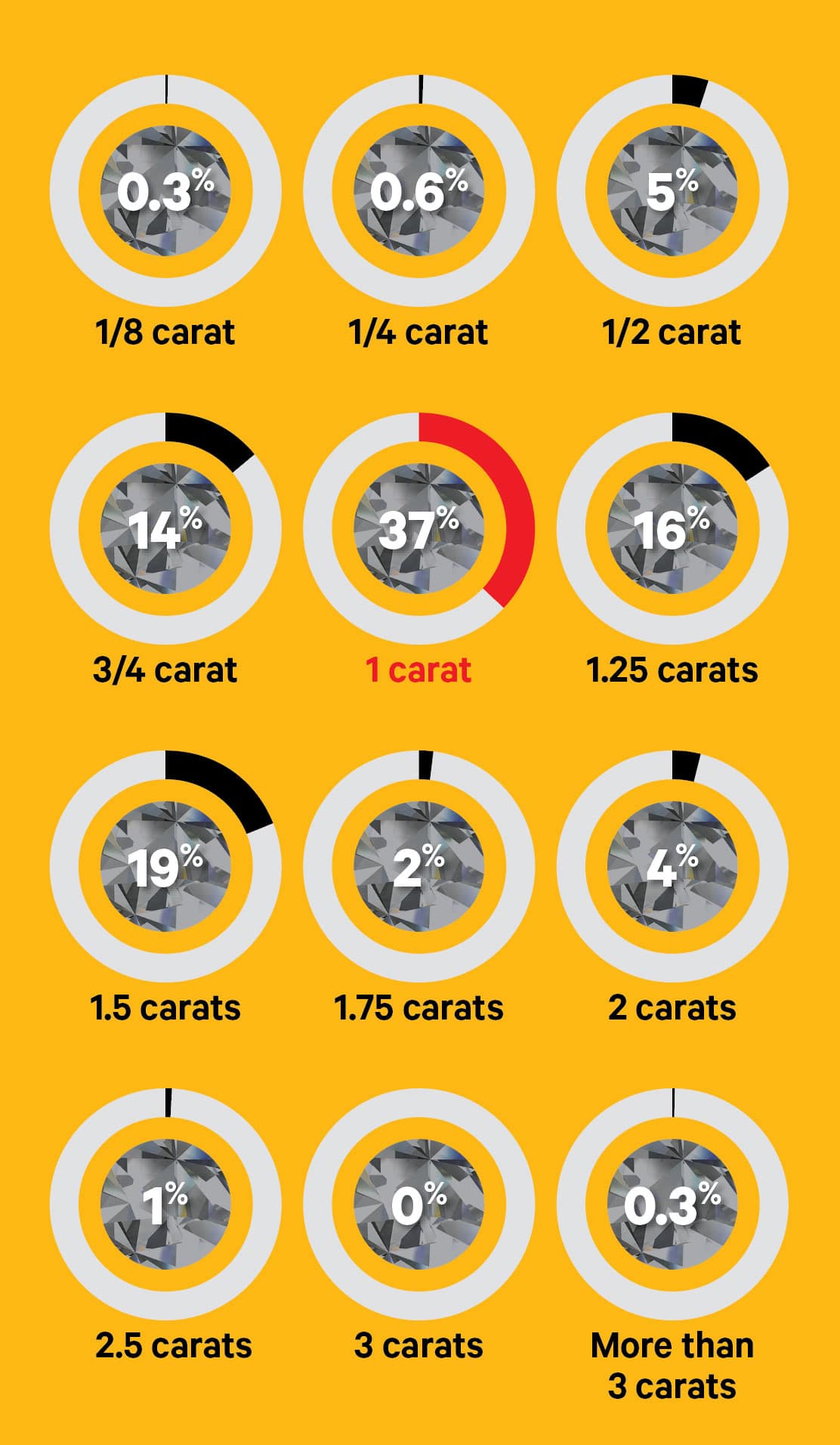LAB-GROWN DIAMONDS continue to make inroads into independent jewelry stores, with more than half of jewelers, or 52%, now stocking the once-controversial merchandise, according to the 2020 INSTORE Big Survey. That is up from 10 percent just four years ago.
According to the jewelers who stock man-made diamonds, their average ticket size is typically lower than for natural diamonds – 30% of them said it was “smaller” and 28% said it was “much “smaller” – but the margins are better. Altogether, 70% of those selling lab-grown diamonds said they get a better return than from natural diamonds, with more than one in four saying their profit is 25% higher.
Question: If you do sell lab-grown diamonds, how does your average ticket size compare to that of your natural diamond sales? Lab-grown diamond sales are:
| Much bigger (25% or higher) |
|
6%
|
| Bigger |
|
10%
|
| Much the same |
|
25%
|
| Smaller |
|
30%
|
Much smaller (25% or lower)
|
|
28%
|
The typical lab-grown diamond sale is close to one carat with 72% of sales within a range of 1.0 to 1.5 carats.
Question: If you sell lab-grown engagement rings, what roughly is the average size of the center stone?

Just over one in three of the jewelers who took our survey, or 37%, remain holdouts against stocking lab-grown diamonds. But 11% said they were looking into selling them.
Question: Do you sell lab-grown diamonds?

Advertisement
The 2020 INSTORE Big Survey was taken by more than 750 North American jewelry store owners or managers. Look out for the November edition of INSTORE to read the full results. The issue should be shipping now.